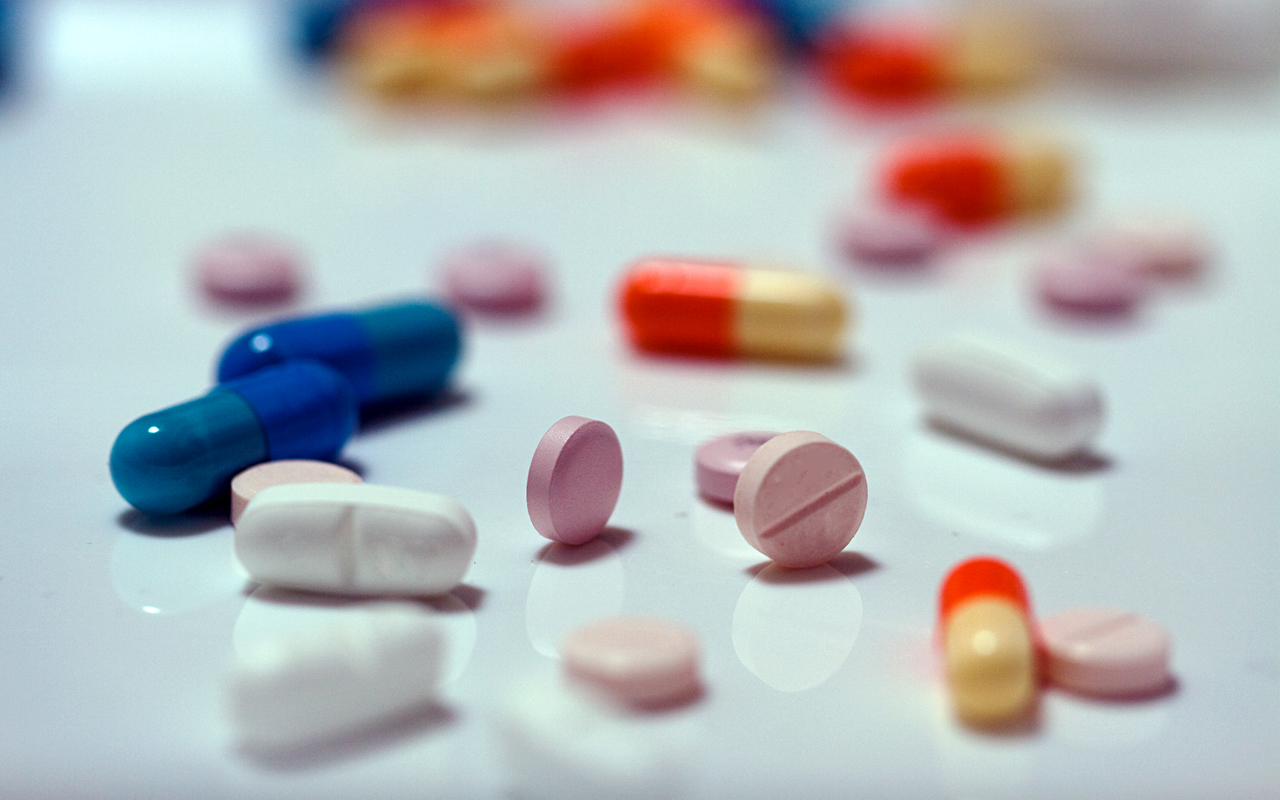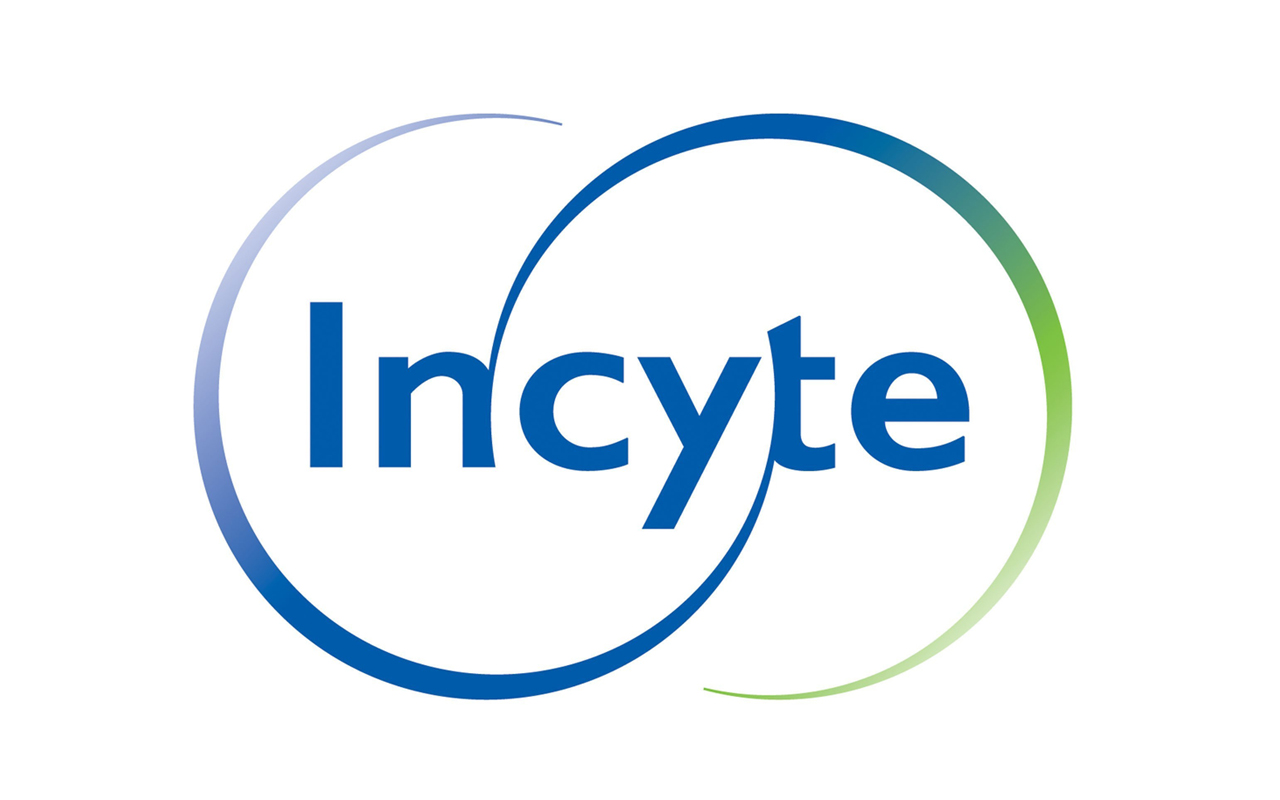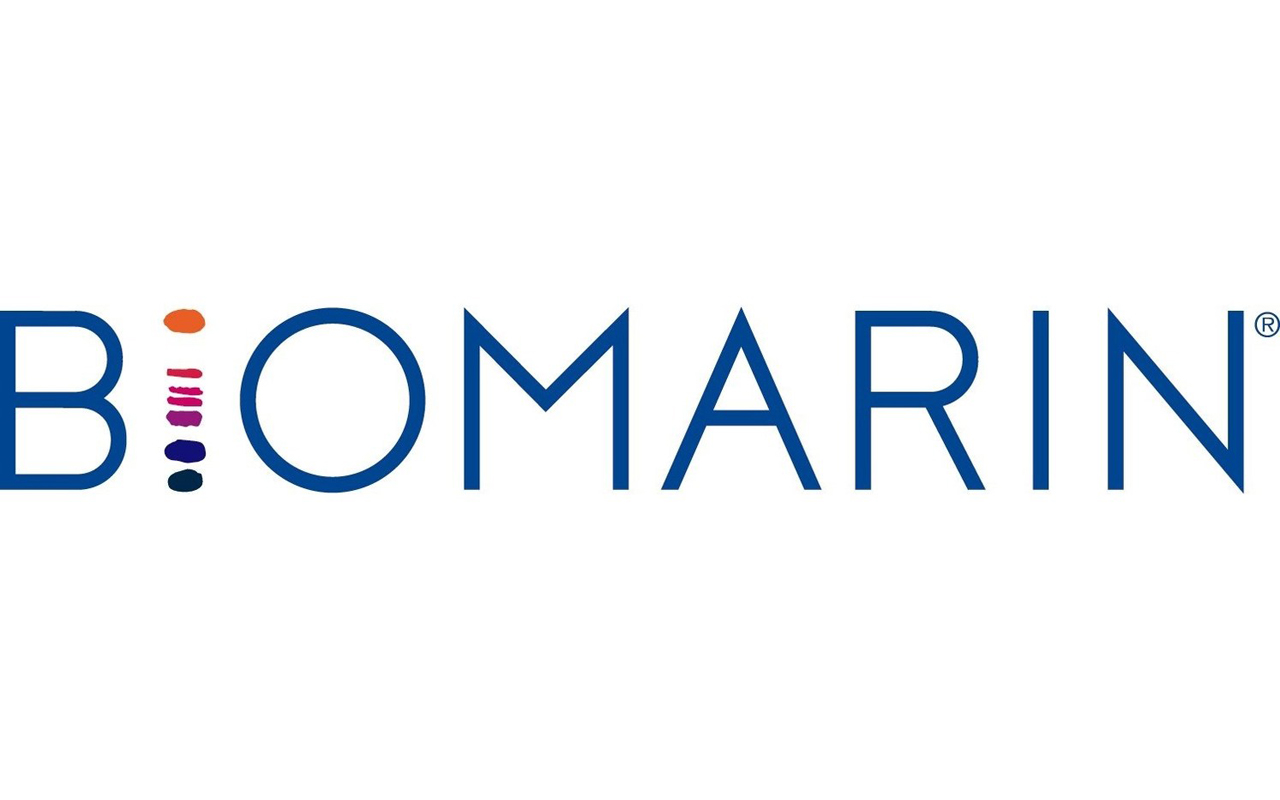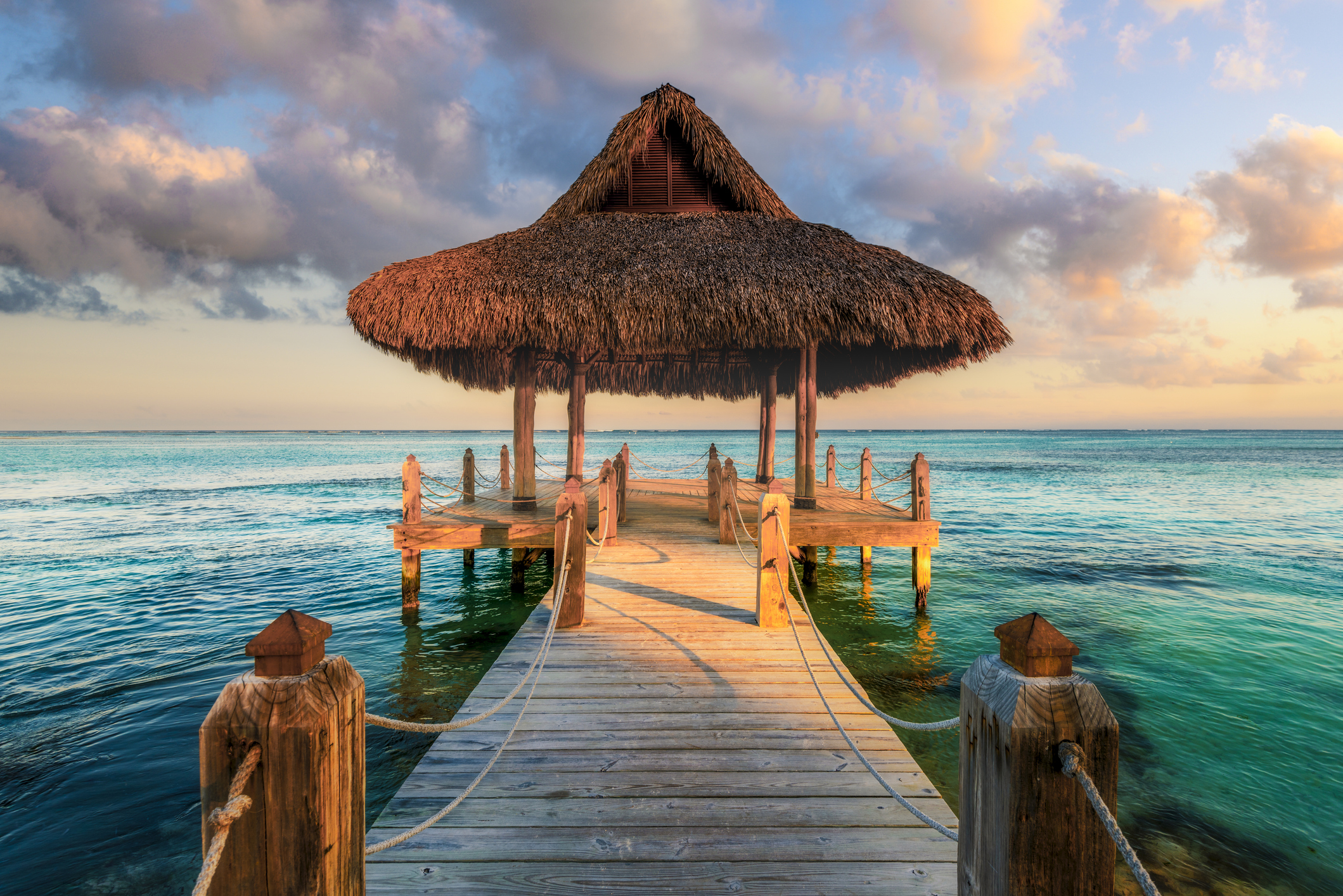10 Blockbuster Drugs of the Future
The pharmaceutical industry occasionally hits a home run by creating a drug that generates sales in excess of $1 billion per year – the watermark for what constitutes a so-called “blockbuster.” These heavy-hitters are a rarity relative to the number of drugs that begin development but never really go anywhere.

The pharmaceutical industry occasionally hits a home run by creating a drug that generates sales in excess of $1 billion per year – the watermark for what constitutes a so-called “blockbuster.” These heavy-hitters are a rarity relative to the number of drugs that begin development but never really go anywhere. But the proverbial whale hunt for blockbuster drugs continues because some of these therapies can end up being worth tens of billions of dollars during their useful, patent-protected lives.
No investor owns a crystal ball, of course. Ergo, no investor can truly predict how well a new drug may sell if it gains approval from the FDA or overseas regulatory bodies.
But because it takes years to develop a drug – and because most pharmaceuticals are largely variations of previously approved therapies – analysts and industry experts have the time and means to figure out what kind of potential revenue a new drug may drive.
Here’s a run-down of the pharmaceutical market’s top 10 prospects currently in late-stage testing. While their respective approvals aren’t guaranteed, the pros feel pretty good about their odds. (Good enough to start creating revenue outlooks, anyway.) All are projected to become so-called blockbuster drugs, driving more than $1 billion in annual revenue at their projected peak sales and potentially providing a boost to their creators’ stock prices.
Data is as of Nov. 29, 2017. Click on ticker-symbol links in each slide for current share prices and more.

Verzenio
- Company: Eli Lilly
- Treats: Breast cancer
Verzenio, a therapy from Eli Lilly (LLY, $84.96) that was developed under the name abemaciclib, was approved in October for certain types of hormone receptor-positive (HR+), human epidermal growth factor receptor 2-negative (HER2-negative) breast cancer.
It’s not done yet. While Verzenio recently failed a Phase 3 trial as a treatment for non-small lung cancer, Lilly announced in early November that the drug had been given a priority review status for other forms of metastatic breast cancer. Even more applications could be in the cards above and beyond the ones already on the table.
Bernstein analysts expect Verzenio to generate $1.3 billion in sales by 2021. While some competition already exists in the drug’s most plausible markets, Bernstein’s Tim Anderson wrote earlier this year that the drug can “produce more frequent and more durable tumor responses that translate to longer (progression-free survival).”
Now it’s just a question of how well Eli Lilly markets that differentiation.

Epacadostat
- Company: Incyte
- Treats: Lung cancer
Epacadostat is a cancer drug currently being developed by Incyte (INCY, $95.96). In simplest terms, the treatment alters tumor cells in such a way that allows the body’s own immune system to do what it’s supposed to do, but can’t do in some cases.
It's not epacadostat by itself that's so promising, however. The oncology world – and investors – are buzzing about epacadostat when used in conjunction with cancer-fighting treatment Keytruda from Merck (MRK) as a treatment for lung cancer. When used at the same time, the two drugs double the response rate of Keytruda by itself. Perhaps best of all, the response was consistent regardless of PD-L1 levels – one of the oncology drug industry’s newest “hot buttons.”
The flexibility and success bode well for all eight trials evaluating the drug, but it is worth noting that all trials are early-stage efforts. Still, analysts collectively think epacadostat could drive revenues of up to $1.6 billion per year if its most plausible approvals pan out.

Semaglutide
- Company: Novo Nordisk
- Treats: Diabetes
Semaglutide may be difficult to pronounce, but its potential is easy to understand. The once-per-week injection invented by Novo Nordisk (NVO, $51.32) lowers blood sugar levels by increasing a body’s production of insulin, which makes it a great prospect for the war against diabetes, and type 2 diabetes in particular. As Novo Nordisk’s Chief Medical Officer Todd Hobbs explained last month, “Semaglutide has the potential to impact the lives of people with type 2 diabetes by helping to meaningfully reduce A1c. This treatment option may also help people lose weight. We look forward to continuing to work with the FDA as they complete their review of semaglutide.”
The last leg of that review is underway. In October, an FDA advisory panel 16-0 (with one abstention) to recommend approval of the product, which would be marketed as Ozempic. The agency is scheduled to make its final decision on semaglutide on Dec. 5. (EDITOR'S NOTE: The FDA approved the treatment after this writing.)
The treatment’s estimated prospects vary widely, with the mean sitting just above $3 billion in annual sales. Alm Brand Bank analyst Michael Friis Jorgensen’s is more optimistic, with a peak-sales estimate of between $4.6 billion and $5.3 billion.
Semaglutide poses the biggest threat to Eli Lilly's Trulicity. Bernstein analyst Ronny Gal opined in August when the drug’s final trial results were first disclosed, “Novo will now be in a strong position when discussing semaglutide with payers, having demonstrated superiority vs. the competition and also the added CV (cardiovascular) benefit, which Lilly has yet to do.”

Yescarta
- Company: Gilead Sciences
- Treats: Non-Hodgkin lymphoma
When Gilead Sciences (GILD, $73.67) acquired Kite Pharma in October, it primarily was to get its hands on Kite’s CAR-T cell cancer therapy pipeline, most of which essentially reprograms a patient’s immune system to better fight cancer. Of particular interest was axicabtagene ciloleucel (axi-cel), which has shown incredibly efficacy as a therapy for aggressive B-cell non-Hodgkin lymphoma. On average, analysts believe the drug could drive $1.7 billion worth of annual business by 2022. RBC analyst Brian Abrahams thinks peak sales could be $2.7 billion.
Good news on that front. Axi-cel, which has since been renamed Yescarta, was approved by the FDA for that use on Oct. 18. It’s the first CAR-T cell therapy to earn the green light for that indication.
The drug’s potential for that form of cancer bodes well for Gilead, but the excitement doesn't end there. The same drug is in trials as a treatment for mediastinal B-cell lymphoma, follicular lymphoma and multiple myeloma. In the meantime, Kite has similar CAR-T drugs in the pipeline that are relatively close cousins to Yescarta.

Bictegravir
- Company: Gilead Sciences
- Treats: HIV
As compelling as Kite’s Yescarta is, don’t overlook some of Gilead’s home-grown products. That includes Bictegravir – a treatment for HIV when it’s used in conjunction with existing HIV treatments emtricitabine and tenofovir alafenamide. The combo treatment's name has been shortened to BIC/FTC/TAF.
Bictegravir’s development journey hasn’t been an easy one. While hopes were high for the integrase inhibitor, in May the company released trial results suggesting it wasn’t quite the threat to GlaxoSmithKline's (GSK) Tivicay that it was alleged to be.
Still, the drug is showing respectable and even superior efficacy for some segments of HIV-infected patients when used as part of a combination therapy. The analyst community projects peak annual sales potential of $5 billion for the combo.

Ozanimod
- Company: Celgene
- Treats: Multiple sclerosis
There’s no other way to put it: Analysts love the potential of Celgene’s (CELG, $103.12) multiple sclerosis drug ozanimod.
Leerink Geoffrey Porges opined following the recent release of Phase 3 trial results, “This product, along with luspatercept (an anemia treatment), has become the standard bearer for Celgene’s late stage pipeline, and in our view the data at the meeting justify some recovery in sentiment about the company’s portfolio and outlook.” Jefferies analyst Michael Yee deemed it a “best-in-class“ drug.
Ozanimod may be more than just an MS treatment. It’s also showing promise as a treatment for inflammatory bowel disease, and if approved for both indications, Porges thinks it could grow its annual revenue to as much as $2.9 billion by the year 2022.
Celgene is expected to officially file an FDA approval request for ozanimod before the end of this year.

Elagolix
- Company: AbbVie
- Treats: Endometrosis, uterine fibroids
- AbbVie’s (ABBV, $95.82) elagolix has not yet been approved as a treatment for endometriosis – a condition where the female uterus grows abnormally (and usually painfully). However, the FDA gave it a priority review timeline in October. That bodes well for AbbVie, as it indicates the regulator realizes there’s nothing on the market right now that meaningfully treats the condition.
Elagolix is not just a therapy for endometriosis, though. The drug also is in Phase 3 trials as a treatment for uterine fibroids, or noncancerous growths in and around the uterus.
The fibroids opportunity may be bigger than the endometriosis opportunity. Investment research outfit Zacks is pegging peak sales of Elagolix as a treatment for uterine fibroids at $2.6 billion, while saying its annual sales as a therapy for endometriosis could reach $1.5 billion.

Calquence
- Company: AstraZeneca
- Treats: Lymphoma
- AstraZeneca (AZN, $33.32) is in desperate need of some growth, and lymphoma drug acalabrutinib may well provide some for the beleaguered company.
Acalabrutinib, which has since been given the trade name Calquence, won FDA approval late last month as a means of treating mantle cell lymphoma patients who were not responding well to first-line treatment options. The BTK inhibitor demonstrated a complete response rate of 40% in trials of qualified test patients, while another 40% saw a partial response to Calquence.
Calquence became part of the AstraZeneca family in 2015 when the company acquired a major stake in Acerta just to gain control of the drug. CEO Pascal Soriot believed then that the drug could generate as much as $5 billion in annual revenue, though after a few roadblocks, the market has since tempered its expectations.
However, some analysts still expect Calquence to generate $1 billion in annual sales, qualifying it as a blockbuster drug.

Apalutamide
- Company: Johnson & Johnson
- Treats: Prostrate cancer
- Johnson & Johnson (JNJ, $139.81) subsidiary Janssen submitted its new drug application for prostate cancer drug apalutamide in late October, which tentatively means a decision should be made around the middle of 2018.
Prostate cancer treatments are a crowded $7.9 billion market, led by generic drugs like docetaxel, Jevtana from Sanofi-Aventis and Xtandi from Astellas, just to name a few. Apalutamide has something of an edge, however, when it comes to treating prostate cancer. The androgen receptor inhibitor is, as Janssen’s Peter Lebowitz described, “a new approach to treating men with prostate cancer earlier in the disease course.” He added, “We have demonstrated that treating patients before the disease has metastasized improves outcomes.”
Janssen has yet to share specific efficacy numbers of the latest stage of its testing, but that has not prevented EP Vantage analysts from predicting peak sales of $1.4 billion by 2022.

Valoctocogene Roxaparvovec
- Company: BioMarin Pharmaceutical
- Treats: Hemophilia
In 2016, when Evercore ISI clients were shown the results of trials of BioMarin Pharmaceutical (BMRN, $83.27) hemophilia drug valoctocogene roxaparvovec (formerly BMN 270), Evercore analyst John Scotti observed, “When they started presenting (the data), jaws just went to the floor. There was an audible gasp in the room.”
The description was a tad theatrical, to be sure, but the point stands: The treatment was the first successful gene therapy for the disease, and it worked very, very well. Indeed, there’s nothing out there quite like it. Leerink analyst Joseph Schwartz described it as a “one and done” treatment.
The total hemophilia market will be worth an estimated $25.1 billion by 2024, as the understanding of the disease increases and the diagnosis of it improves. The hemophilia A market, where valoctocogene roxaparvovec is aimed, is a $4 billion opportunity.
James Brumley held a long position in GILD as of this writing.
Profit and prosper with the best of Kiplinger's advice on investing, taxes, retirement, personal finance and much more. Delivered daily. Enter your email in the box and click Sign Me Up.
-
 My Retirement Learning Curve, 1 Year In
My Retirement Learning Curve, 1 Year InA retiree checks in with what they wish they knew early on and what they've changed about their plan one year in.
-
 Introducing Your CD's Edgier Cousin: The Market-Linked CD
Introducing Your CD's Edgier Cousin: The Market-Linked CDTraditional CDs are a safe option for savers, but they don't always beat inflation. Should you try their counterparts, market-linked CDs, for better returns?
-
 'Humbug!' Say Consumers, Despite Hot GDP: Stock Market Today
'Humbug!' Say Consumers, Despite Hot GDP: Stock Market Today"The stock market is not the economy," they say, but both things are up. Yet one survey says people are still feeling down in the middle of this complex season.
-
 Trump Calls for Cane Sugar Coke: Will You Pay Higher Prices and Soda Tax?
Trump Calls for Cane Sugar Coke: Will You Pay Higher Prices and Soda Tax?Food Taxes The debate over cane sugar vs. corn syrup is heating up, raising questions about cost, policy, and, in some cases, soda taxes.
-
 What to Do With Your Tax Refund: 6 Ways to Bring Growth
What to Do With Your Tax Refund: 6 Ways to Bring GrowthUse your 2024 tax refund to boost short-term or long-term financial goals by putting it in one of these six places.
-
 What Does Medicare Not Cover? Eight Things You Should Know
What Does Medicare Not Cover? Eight Things You Should KnowMedicare Part A and Part B leave gaps in your healthcare coverage. But Medicare Advantage has problems, too.
-
 15 Reasons You'll Regret an RV in Retirement
15 Reasons You'll Regret an RV in RetirementMaking Your Money Last Here's why you might regret an RV in retirement. RV-savvy retirees talk about the downsides of spending retirement in a motorhome, travel trailer, fifth wheel, or other recreational vehicle.
-
 The 24 Cheapest Places To Retire in the US
The 24 Cheapest Places To Retire in the USWhen you're trying to balance a fixed income with an enjoyable retirement, the cost of living is a crucial factor to consider. Is your city the best?
-
 The Six Best Places to Retire in New England
The Six Best Places to Retire in New Englandplaces to live Thinking about a move to New England for retirement? Here are the best places to land for quality of life, affordability and other criteria.
-
 The 10 Cheapest Countries to Visit
The 10 Cheapest Countries to VisitWe find the 10 cheapest countries to visit around the world. Forget inflation and set your sights on your next vacation.
-
 15 Cancer Drugs Are in Short Supply, FDA reports: The Kiplinger Letter
15 Cancer Drugs Are in Short Supply, FDA reports: The Kiplinger LetterThe Kiplinger Letter The U.S. is working to address cancer drug shortages caused by manufacturing and supply chain woes.
